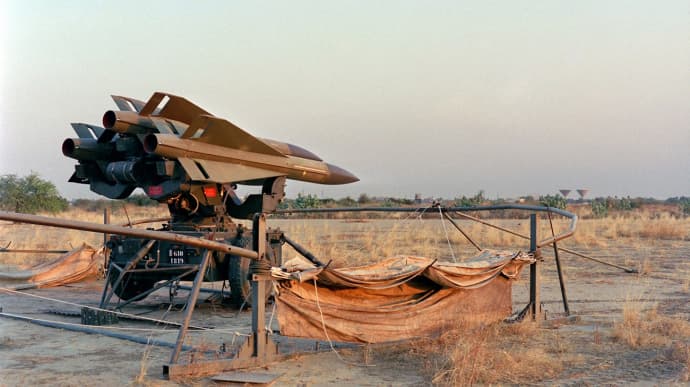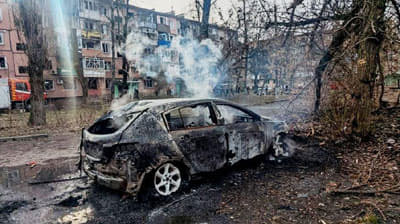Almost third of Ukraine's air defence forces are HAWK systems provided by Taiwan – Forbes

Taiwan has transferred its surplus batteries of HAWK air defence systems to the Ukrainian Air Force. Forbes suggests that the HAWK systems could make up almost a third of Ukraine's air defence forces.
Source: Forbes, citing former Pentagon official Tony Hu on the RJ War Room YouTube channel
Details: The publication writes that Hu's words confirm reports from 2023 hinting at a US-brokered air defence deal between Taiwan and Ukraine.
Taiwan's MIM-23 Homing All-the-Way Killer missiles, as well as their launchers and radars, complement the HAWK systems provided to Ukraine by the United States and Spain.
In total, Ukraine can deploy up to 15 Raytheon HAWK batteries, each with at least six launchers with three missiles and corresponding radars.
Quote: "The Ukrainian air force went to war in February 2022 with around 50 SAM batteries – S-300s and other ex-Soviet models, mostly – and has since swapped out many of the surviving Soviet batteries for more modern Western systems, including American-made Patriots.
Assuming the overall Ukrainian air-defence force structure has remained roughly the same size after subtracting combat losses and adding donated equipment, the HAWKs could comprise nearly a third of the force. Taiwan isn’t a vocal supporter of Ukraine’s war effort, but it is a significant one."
Details: Forbes stressed that the HAWK system is more than 60 years old. But it is simple, reliable, highly mobile on towed launchers, easily upgradable, and works well against slow drones, cruise missiles, and manned aircraft. In addition, the HAWK missile is compatible with another, more advanced air defence system used by Ukraine: NASAMS.
As recently as the summer of 2023, US officials were reportedly in talks with their Taiwanese counterparts to buy back about a dozen HAWK batteries – about a hundred launchers in total – from Taipei, which the Taiwanese armed forces began to decommission in 2015 and replace with locally developed systems and imported NASAMS.
At that time, a large batch of HAWKs was expected to help Ukraine solve the issue created by the inevitable depletion of missiles for the former Soviet S-300 and Buk missile systems.
The publication notes that since then, Ukraine has diversified its air defence network by integrating a wide range of foreign missiles, launchers and radars.
Quote: "That diversification is key. The more different SAM systems Ukraine operates, the more different missile stockpiles and production lines it can tap to arm those systems with replacement missiles as they fire away at nearly daily Russian missile and drone raids. Dozens of countries operate or operated HAWK batteries. Ukraine should be able to source hundreds of missiles, with or without direct US involvement.
The HAWK isn’t in the same class as Ukraine’s best SAM, the Patriot, which ranges as far as 100 miles with an onboard radar seeker. A HAWK missile ranges just 30 or so miles, homing in on energy from a ground-based radar reflecting from the airborne target.
The main downside to the HAWK system is that its radar is susceptible to jamming. It might help Ukraine if [it] integrated the old missiles and launchers with the superior radar associated with the newer NASAMS."
Support UP or become our patron!





